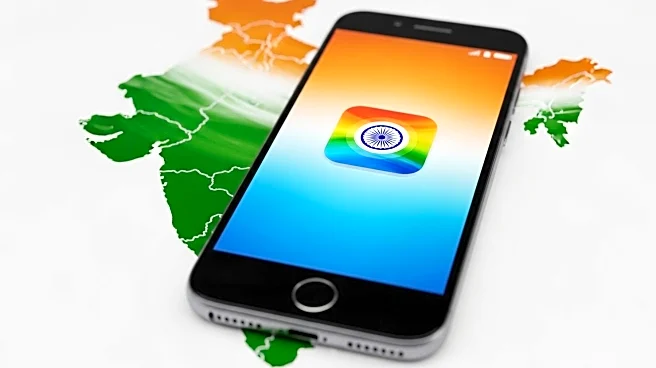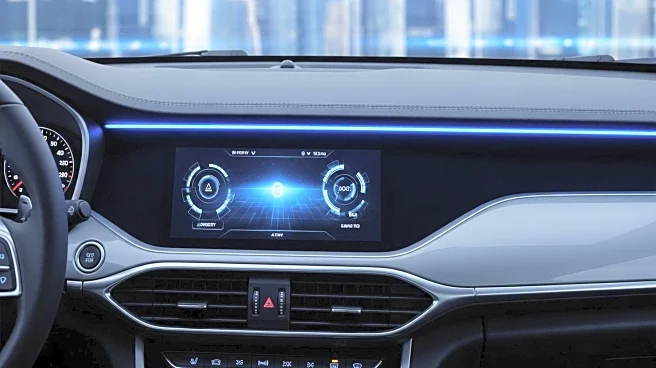What's Happening?
A recent survey conducted by Reviews.org has revealed that American consumers are holding onto their smartphones for an average of two years and five months, significantly longer than the industry norm of frequent upgrades. The survey, which included responses from 1,000 U.S. adults, indicates that consumers are paying an average of $634.35 for smartphones, which is considerably less than the list price of new premium models. The most commonly owned Apple phone is the iPhone 13, a model that is four years old. Despite the release of new models like the iPhone 17 and Samsung Galaxy S25, which boast advanced features and higher price tags, many consumers are opting to keep their existing phones or purchase used ones. This trend is driven by a combination of factors including the high cost of new phones, the satisfactory performance of older models, and a shift in consumer priorities.
Why It's Important?
The trend of consumers holding onto their smartphones longer has significant implications for the smartphone industry. It suggests a shift in consumer behavior away from the annual upgrade cycle that has traditionally driven sales for major manufacturers like Apple and Samsung. This change could impact the revenue models of these companies, which rely heavily on frequent upgrades and new product launches. Additionally, the trend may influence the development strategies of smartphone manufacturers, pushing them to focus on long-term durability and software updates to retain customer loyalty. For consumers, this shift could lead to more cost-effective options and a greater emphasis on sustainability, as fewer phones are discarded prematurely.
What's Next?
As consumers continue to hold onto their smartphones longer, manufacturers may need to adapt their strategies to maintain market share. This could involve offering more competitive pricing, enhancing trade-in programs, or focusing on software updates to extend the life of existing models. Additionally, the industry might see an increase in the availability and marketing of refurbished phones, which offer a cost-effective alternative to new models. Companies may also invest in research and development to create more durable devices that can withstand longer usage periods, potentially leading to innovations in battery technology and materials.
Beyond the Headlines
The trend of longer smartphone retention could have broader implications for environmental sustainability. With fewer phones being discarded, electronic waste could be reduced, contributing to environmental conservation efforts. This shift may also encourage manufacturers to adopt more sustainable practices in production and design, aligning with growing consumer demand for eco-friendly products. Furthermore, the emphasis on software updates and device longevity could lead to a cultural shift in consumer attitudes towards technology, prioritizing functionality and value over novelty.










